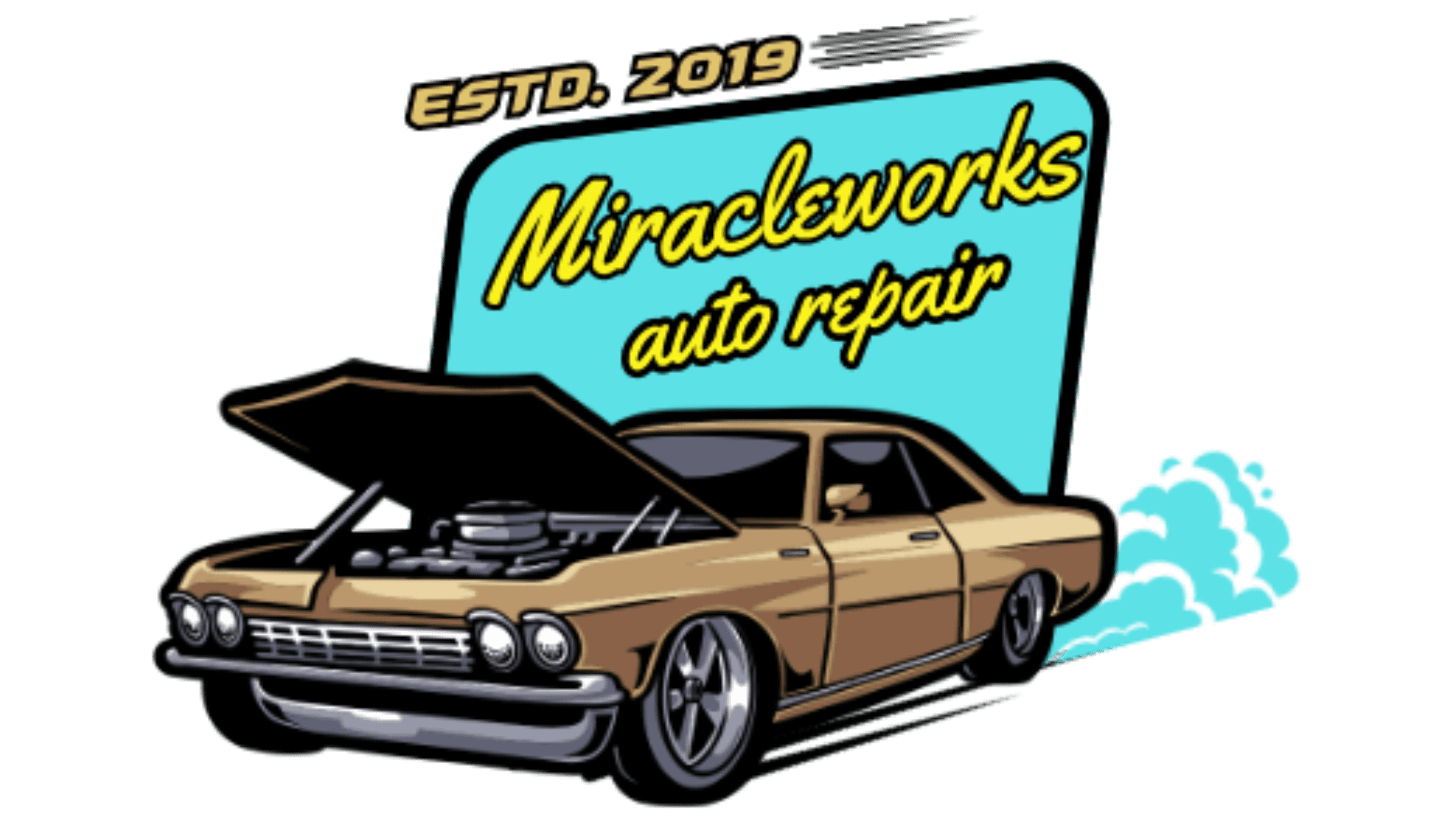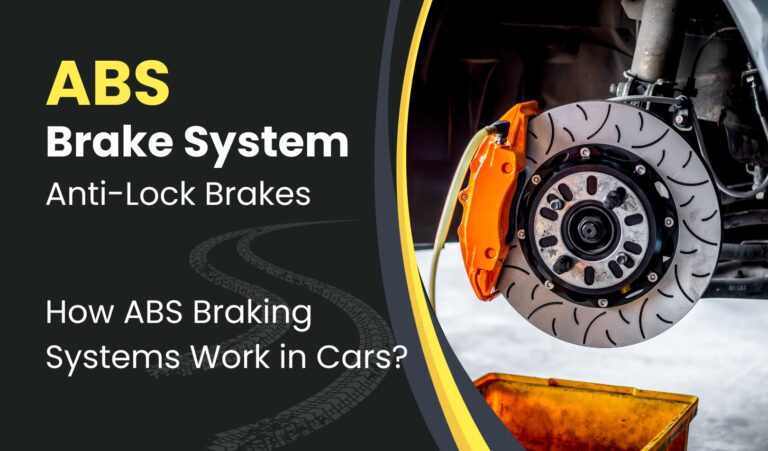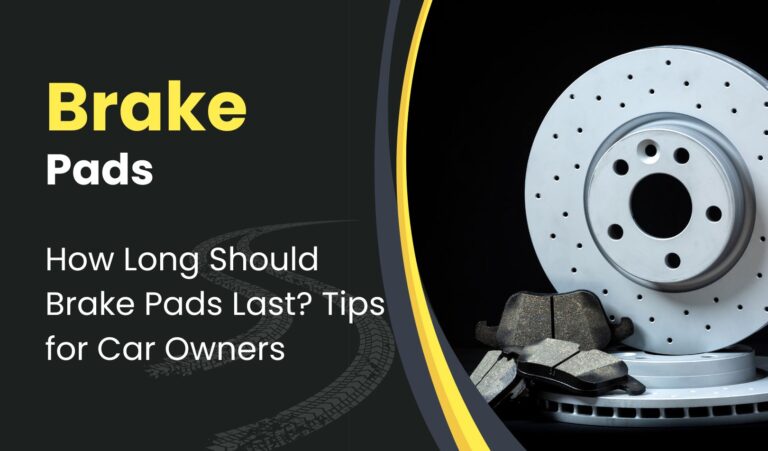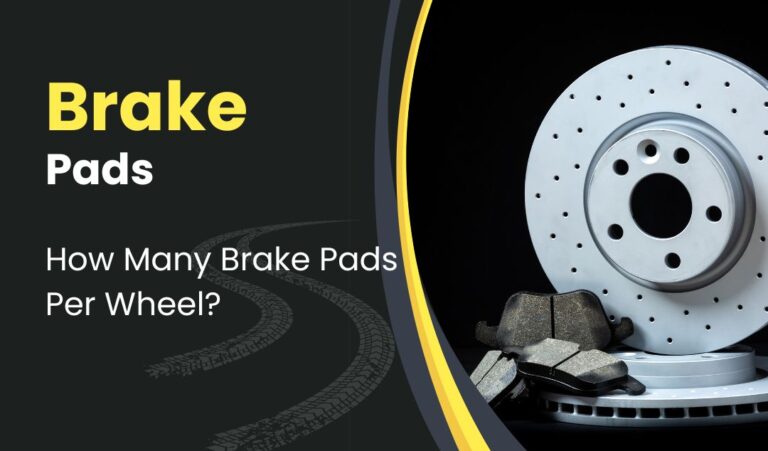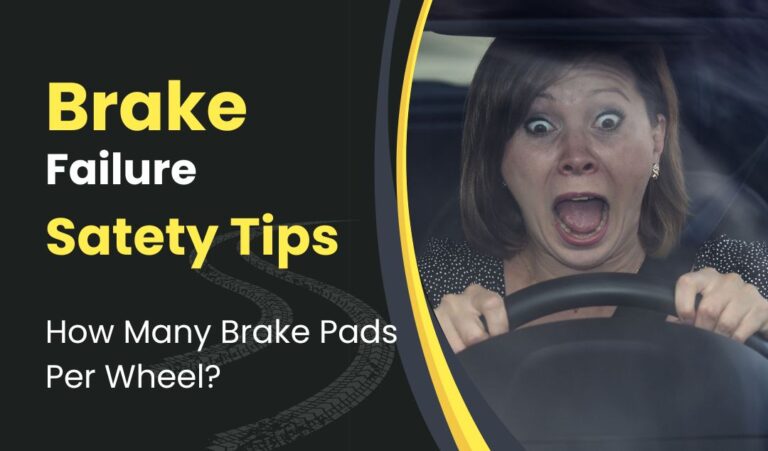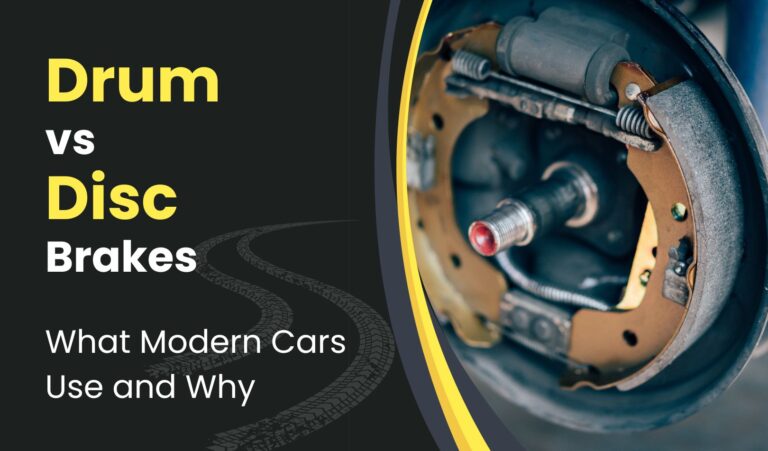Car Shakes When Braking: Solutions and Tips
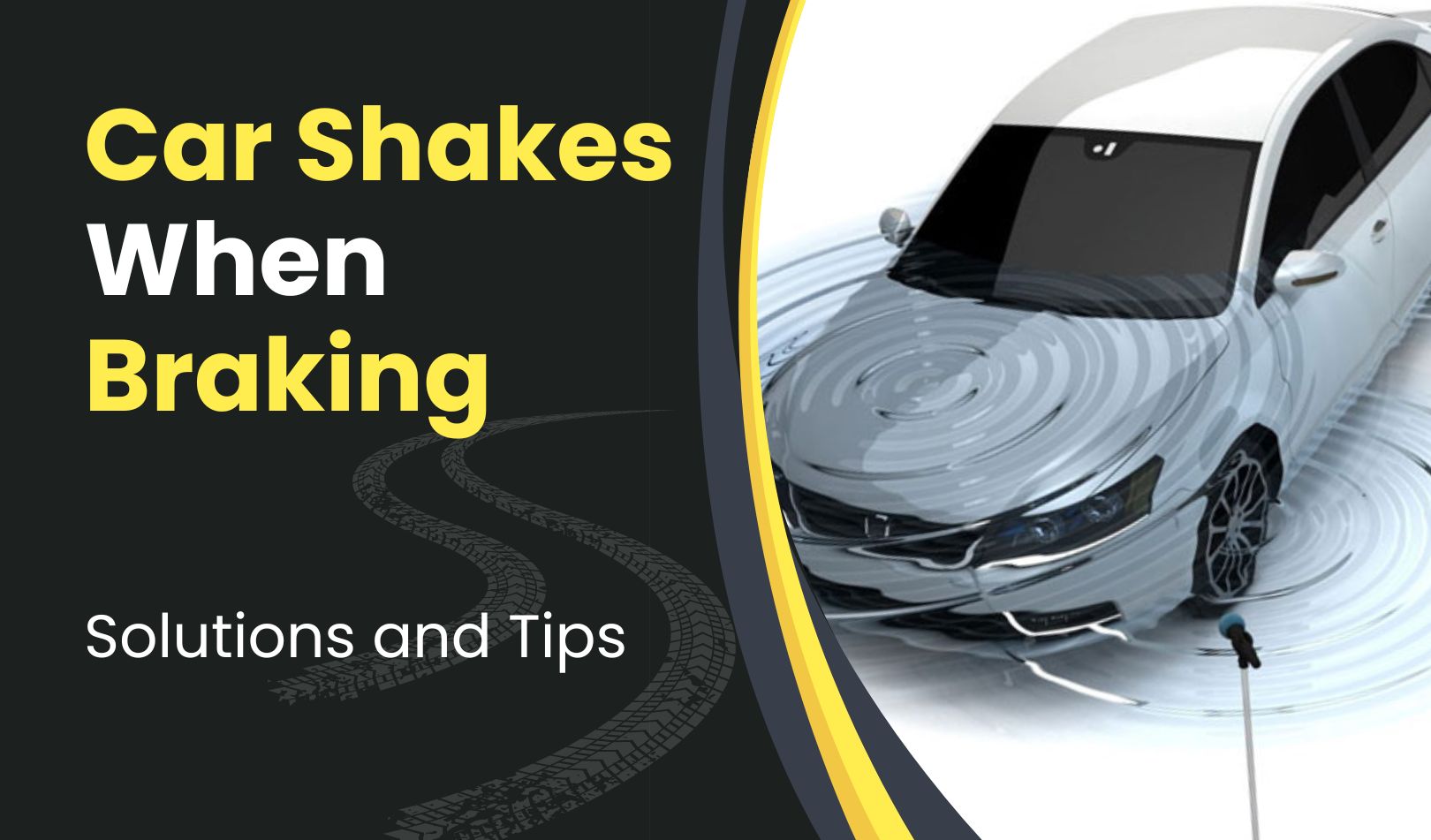
Experiencing a car that shakes when braking can be unsettling and potentially dangerous. This common issue affects many drivers, causing concern about vehicle safety and performance. When a car vibrates or shudders during braking, it’s not just an annoyance – it’s often a sign of underlying problems that need attention to ensure safe driving conditions.
Understanding why a vehicle shakes when braking is crucial for proper maintenance and timely repairs. This article will explore the common causes of brake vibration, how to spot the signs of trouble, and steps to fix the problem. We’ll also cover preventive maintenance tips to help keep your brakes in top shape. Whether you’re dealing with steering wheel vibration or your entire car shakes when you brake, this guide aims to provide helpful solutions and insights.
Common Causes of Car Shaking When Braking
When a vehicle shakes during braking, it often indicates underlying issues with the brake system. Understanding these common causes can help drivers identify and address problems promptly.
Warped Brake Rotors
Warped brake rotors are a frequent cause of car shaking when braking. As brake pads press against the rotors, friction generates heat, making the metal more malleable. This can lead to warping over time. When brake pads contact an uneven rotor surface, it results in vibrations throughout the vehicle. The severity of the warping determines whether the rotors can be resurfaced or need replacement.
Worn Brake Pads
Brake pads naturally wear down over time due to friction and heat. Different materials, such as ceramic or semi-metallic, affect durability and performance. As pads wear, they may not make even contact with the rotors, causing vibrations. Driving with excessively worn pads can damage rotors and compromise safety. Regular inspections help prevent this issue.
Stuck Brake Calipers
Brake calipers that become stuck or seized can cause uneven brake pad wear and lead to shaking when braking. A stuck caliper may not release the brake pads from the rotor, causing overheating and expansion. This increased pressure on one brake can result in the shake felt in the steering wheel. Proper caliper maintenance and timely repairs are essential to prevent this problem.
To address these issues, drivers should seek professional brake repair services. Regular maintenance and prompt attention to any braking irregularities can help ensure safe and smooth driving experiences.
Free Brake Inspection by Expert Technicians.
Diagnosing the Issue: Signs to Watch For
Steering Wheel Vibrations
When a driver experiences shaking in the steering wheel while braking, it often indicates a problem with the braking system. This vibration is typically caused by warped brake rotors. As the brake pads press against an uneven rotor surface, it results in a ripple effect that transmits through the steering wheel. This issue is particularly noticeable in front brake rotors, which bear a significant amount of braking force, especially in heavier vehicles like SUVs and trucks.
Pedal Pulsations
Brake pedal pulsation is another sign of potential brake issues. This sensation occurs when brake pads wear unevenly or when there’s a variation in rotor thickness, known as Disk Thickness Variation (DTV). Factors contributing to DTV include uneven clamping forces, incorrect rotor installation, or misaligned brake calipers. If the brake caliper piston malfunctions, it may interfere with proper contact between the pad and rotor surface, leading to pulsation during braking.
Unusual Noises
Various sounds can indicate brake problems:
- Squealing: Often a sign of worn brake pads or excessive brake dust accumulation.
- Grinding: This serious sound suggests metal-on-metal contact, indicating completely worn brake pads.
- Rattling or Vibrating: Usually points to a warped or worn-out rotor.
- Hissing: While not directly related to brakes, it could indicate a leak in the engine compartment.
Drivers should also be alert to clunking sounds when turning, which may suggest suspension issues, and rumbling noises from the exhaust system. These signs, while not directly related to braking, can affect overall vehicle performance and safety. Regular brake inspections by a Mobile Mechanic Columbia SC or professional Brake Repair Columbia SC service can help identify and address these issues promptly, ensuring safe and smooth driving experiences.
Free Brake Inspection by Expert Technicians.
How to Fix Car Shaking When Braking
Rotor Resurfacing or Replacement
When a vehicle shakes during braking, warped brake rotors are often the culprit. To address this issue, drivers have two options: resurfacing or replacing the rotors. Resurfacing involves smoothing out the rotor surface to ensure even contact with the brake pads. However, if the rotors are severely warped or worn, replacement may be necessary. Drivers should have their rotors inspected by a professional to determine the best course of action.
Brake Pad Replacement
Worn brake pads can cause vibrations and compromise braking effectiveness. To replace brake pads, one should first remove the caliper assembly and note the orientation of the old pads. After removing the old pads, it’s crucial to check for uneven wear patterns, which could indicate other issues such as a sticking caliper piston. When installing new pads, apply a small amount of brake grease to the metal plates for a smooth fit. Brake pads typically need replacement every 25,000 to 65,000 miles, depending on various factors such as driving conditions and vehicle type.
Caliper Repair or Replacement
Stuck brake calipers can lead to uneven brake pad wear and vibrations. Signs of a stuck caliper include a less responsive brake pedal, difficulty accelerating, or the car pulling to one side. If these symptoms occur, immediate inspection by a Mobile Mechanic Columbia SC or Brake Repair Columbia SC service is crucial. Repair may involve cleaning and lubricating the caliper components, while severe cases might require caliper replacement.
To ensure proper functioning after repairs, it’s essential to bed in new brake pads. This process involves driving at moderate speeds and applying the brakes gently and repeatedly for the first 200-300 miles. This helps ensure proper contact between the pads and rotors, reducing vibrations and improving overall braking performance.
Preventive Maintenance Tips
Regular Brake Inspections
Regular brake inspections are crucial for ensuring vehicle safety and performance. Experts recommend having brakes inspected every six months, regardless of apparent issues. These routine checks help identify potential problems early, preventing costly repairs and maintaining optimal braking efficiency. During inspections, technicians examine brake pads, rotors, and other components for wear and tear. Early detection of issues like worn brake pads can prevent damage to more expensive parts such as rotors.
Proper Brake Fluid Maintenance
Brake fluid plays a vital role in vehicle safety, yet it often gets overlooked. Over time, brake fluid absorbs moisture and collects debris, reducing its effectiveness. To maintain optimal braking performance, it’s recommended to change brake fluid every two years or 20,000 miles (32,000 kilometers). Signs that indicate the need for a brake fluid change include a mushy brake pedal, longer stopping distances, or dark, dirty-looking fluid. Regular brake fluid replacement helps prevent corrosion and wear of brake system components, ensuring reliable braking power when needed most.
Avoiding Aggressive Braking
Aggressive braking habits can lead to premature wear of brake components and reduce overall braking efficiency. Drivers should practice smooth, gradual braking whenever possible. This approach not only extends the life of brake pads and rotors but also contributes to a more comfortable driving experience. Additionally, avoiding sudden stops helps prevent the buildup of heat in the braking system, which can lead to brake fade and reduced stopping power. By adopting gentler braking techniques, drivers can significantly extend the lifespan of their vehicle’s braking system and enhance overall safety on the road.
Conclusion
Addressing car shaking during braking is crucial for safe and comfortable driving. This guide has explored common causes, including warped rotors, worn brake pads, and stuck calipers, along with signs to watch for such as steering wheel vibrations and unusual noises. The article has also provided solutions, from rotor resurfacing to brake pad replacement, and highlighted the importance of regular inspections by professionals like Mobile Mechanic Columbia SC or Brake Repair Columbia SC services.
To keep your vehicle’s braking system in top shape, remember the importance of preventive maintenance. This includes scheduling regular brake inspections, maintaining proper brake fluid levels, and avoiding aggressive braking habits. By following these tips and staying alert to any changes in your car’s braking performance, you can ensure a smoother, safer driving experience and potentially avoid costly repairs down the road.
FAQs
1. What should I do if my car shakes when I brake?
To address the shaking issue when braking, first inspect your tires for any signs of wear and replace them if they are badly worn. Additionally, if the vibration is due to worn brake rotors and pads, it is advisable to take your car to a professional repair shop for replacement or repair.
2. Can getting an alignment stop my car from shaking when I brake?
Shaking during braking can be caused by unevenly worn or misaligned tires. Sometimes, a simple tire alignment or rotation might resolve the issue. However, in some cases, new tires may be necessary. Typically, tire alignment is checked during a routine tire rotation, which is recommended every 5,000 to 7,500 miles.
3. Is it safe to drive with brake shudder?
Driving with brake shudder is not advisable as it indicates that there is a problem with your braking or suspension system that requires immediate attention. Ignoring such symptoms can make handling your vehicle more difficult and potentially increase the risk of accidents.
4. How can I prevent my car from shaking at high speeds?
If your car shakes at high speeds, it might be necessary to have your tires and wheels checked at a tire shop. Consider getting an alignment and inspecting your tires for uneven wear or bad tread. Additionally, tires that have been stationary for extended periods can become misshaped, contributing to vibrations.
